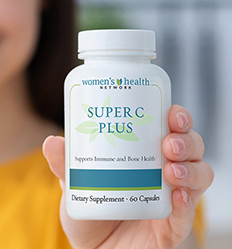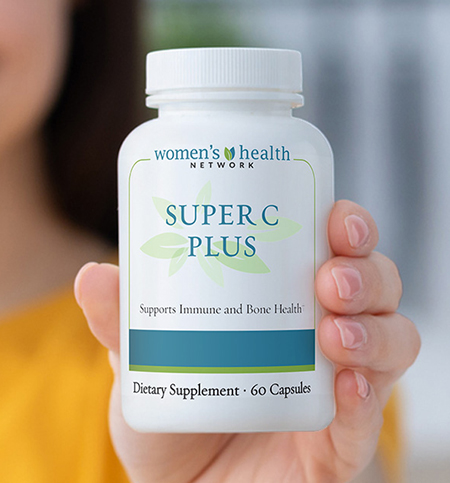You’ve probably come across the word antioxidant many times in passing. Food labels proclaim your orange juice to be “rich in antioxidants”; the health section of the newspaper details the latest findings on how antioxidants are important in cancer prevention.
But you may wonder what are they, how do they do good things for our health, and how do you make sure you’re getting enough?

To answer those questions, you first need to understand free radicals and oxidization. You might recall learning about protons and electrons in high school chemistry, the atomic particles that have positive and negative charges. Electrons are the negatively charged particles that are important in the formation of certain kinds of chemical bonds. Electrons are transferred or shared by atoms when these bonds are formed. The “goal” of each atom is to obtain a stable configuration of electrons, with every electron in its outer (or valence) layer paired off.
Atoms or molecules with weak bonds sometimes split apart, creating free radicals. Because free radicals have an unpaired electron in their outer layer, they are highly reactive, which means they are highly prone to “stealing” electrons from stable, oxygen-containing molecules and atoms — an event called oxidization. The loss of an electron to the free radical makes the “robbed” molecules or atoms unstable and may even make them act as free radicals themselves, leading to a chain reaction of electron theft among molecules.
In the human body, free radicals are not always bad. They contribute to our immune defense by attacking bacteria and other foreign substances, they help maintain our vascular tone, and they are part of the chemical chain reaction that our bodies use to transform food to energy.
But when excess free radicals steal electrons from the molecules that make up our genes, proteins, and cell membranes, they can damage these crucial molecular structures in our cells. And if oxidization affects many molecules within a cell, the cell itself may become unable to function properly. Think about how an apple turns brown when exposed to air and you’ll have a snapshot of what happens when oxidization occurs: the cells deteriorate noticeably.
Neutralizing free radicals with antioxidants
This is where our friends the antioxidants come in. An antioxidant is a compound that can neutralize free radicals by donating an electron to the free radical, pre-empting the electron “theft” that can cascade into cell damage. They’re the Good Samaritans of the atomic world, giving away a part of themselves to prevent harm to others!
The body creates its own collection of antioxidant chemicals, including glutathione, melatonin, and enzymes such as coenzyme Q-10 (ubiquinone), catalases, and glutathione peroxidase, but its own antioxidant products aren’t enough to neutralize all free radicals. Over time, free radical damage accumulates in the cells and strains the body’s ability to repair itself. When oxidization occurs faster than antioxidants can respond, the body is in a condition called oxidative stress. Oxidative stress has been implicated in any number of diseases, from cancer to Parkinson’s to atherosclerosis. It has also been linked to premature aging, most visibly in the skin in the form of wrinkles and loss of elasticity.
Fortunately, the body can boost its supply of antioxidants with substances found in food. Vitamin C, vitamin E, beta carotene, alpha-lipoic acid (ALA), carotenoids, and flavonoids are some of the best known and widely available antioxidants found in our food. Phytochemicals such as lycopene (found in tomatoes and watermelon), lutein (in dark green vegetables), tannins (in teas), and lignans (in flax seed, oatmeal, and barley) are also antioxidants. Some elemental nutrients like copper, zinc, manganese, and selenium, though commonly referred to as antioxidants, do not have antioxidant activity themselves but are critical to the activity of antioxidant enzymes.
At Women’s Health Network, we recommend a diet that is rich in whole foods from organic sources, including fresh fruits and vegetables, herbs, berries, leafy greens, whole grains, nuts, seeds, and fish. Citrus fruits, particularly when eaten whole rather than juiced, contain many important antioxidant compounds that protect against disease, including vitamin C and numerous flavonoids such as hesperidin. Red wine and tea leaves are also rich in flavonoids, particularly green tea, which has ten times as many antioxidants as black tea and more than double the antioxidants of oolong tea.
A healthy, balanced diet is the best way for women to get the antioxidant nutrients they need, but we always recommend a medical-grade multivitamin to fill in any gaps. The good news is, with quality food choices and optimal nutritional support you can prevent or even reverse oxidative stress, and keep free radicals in their place!









